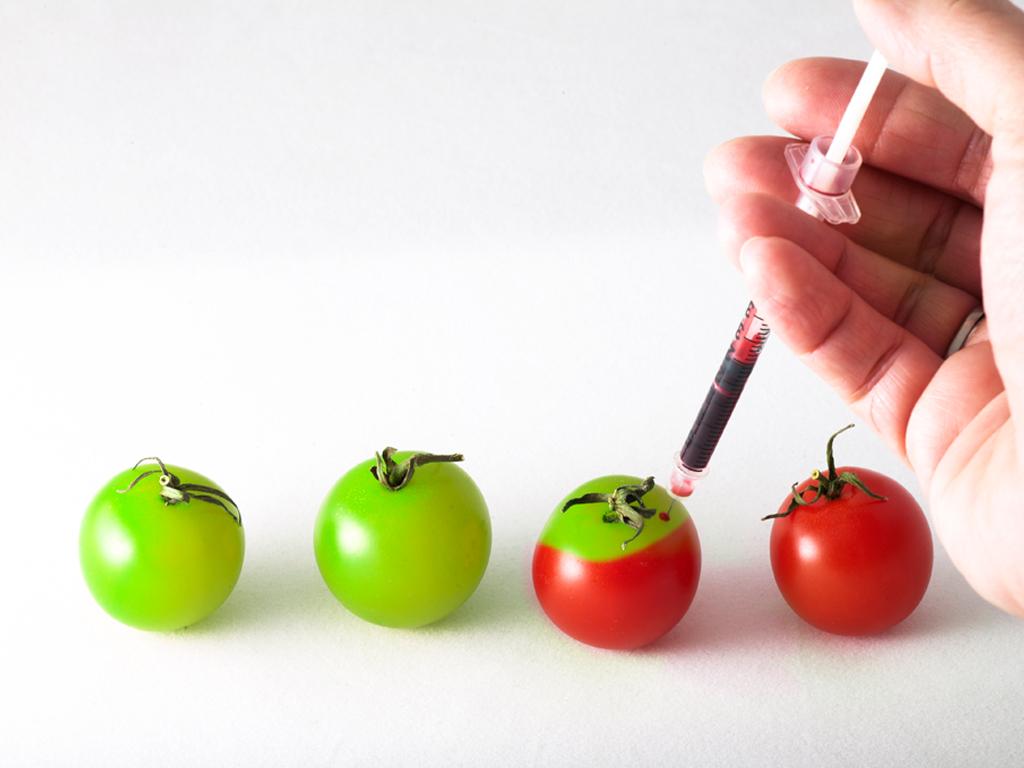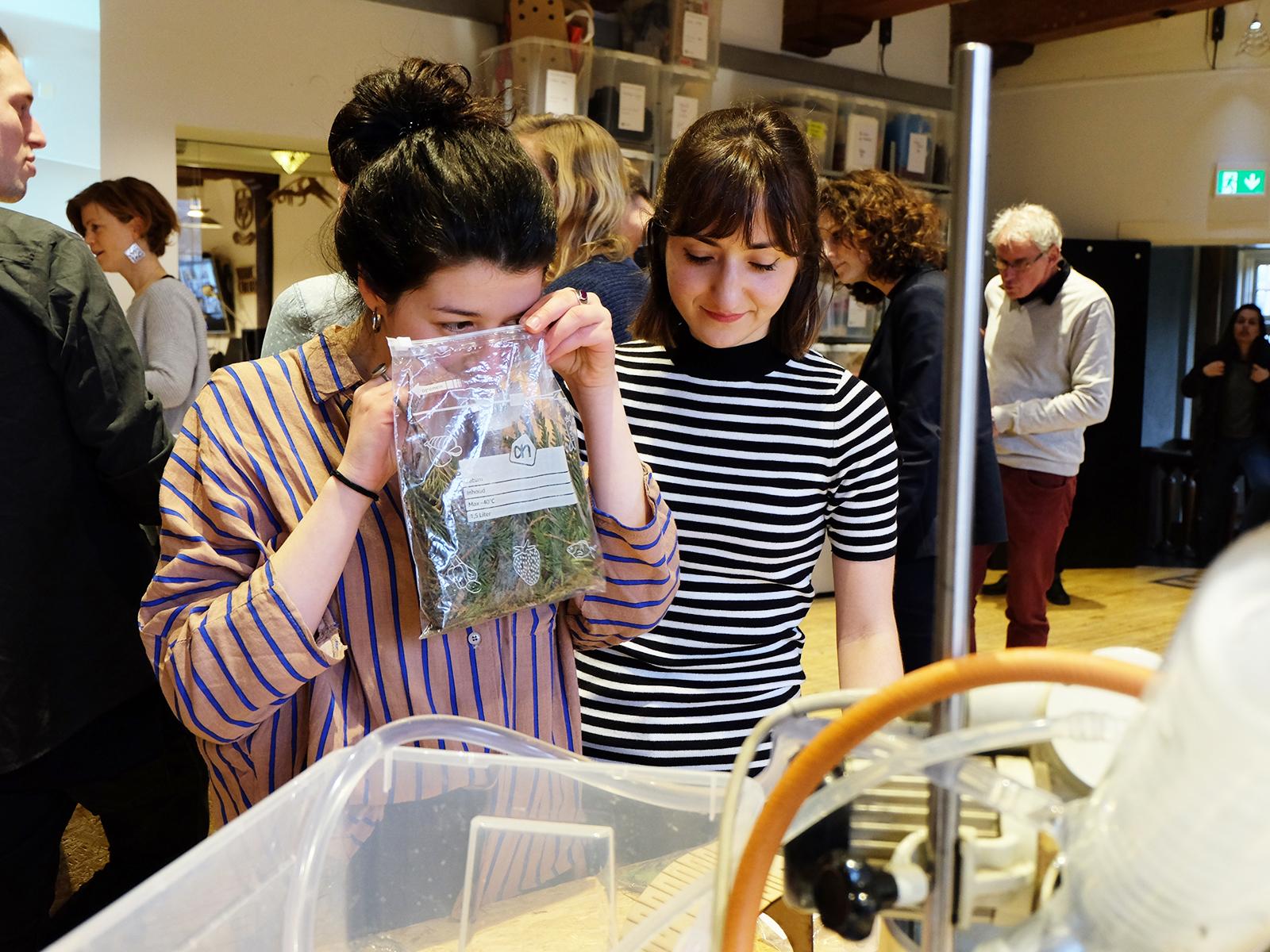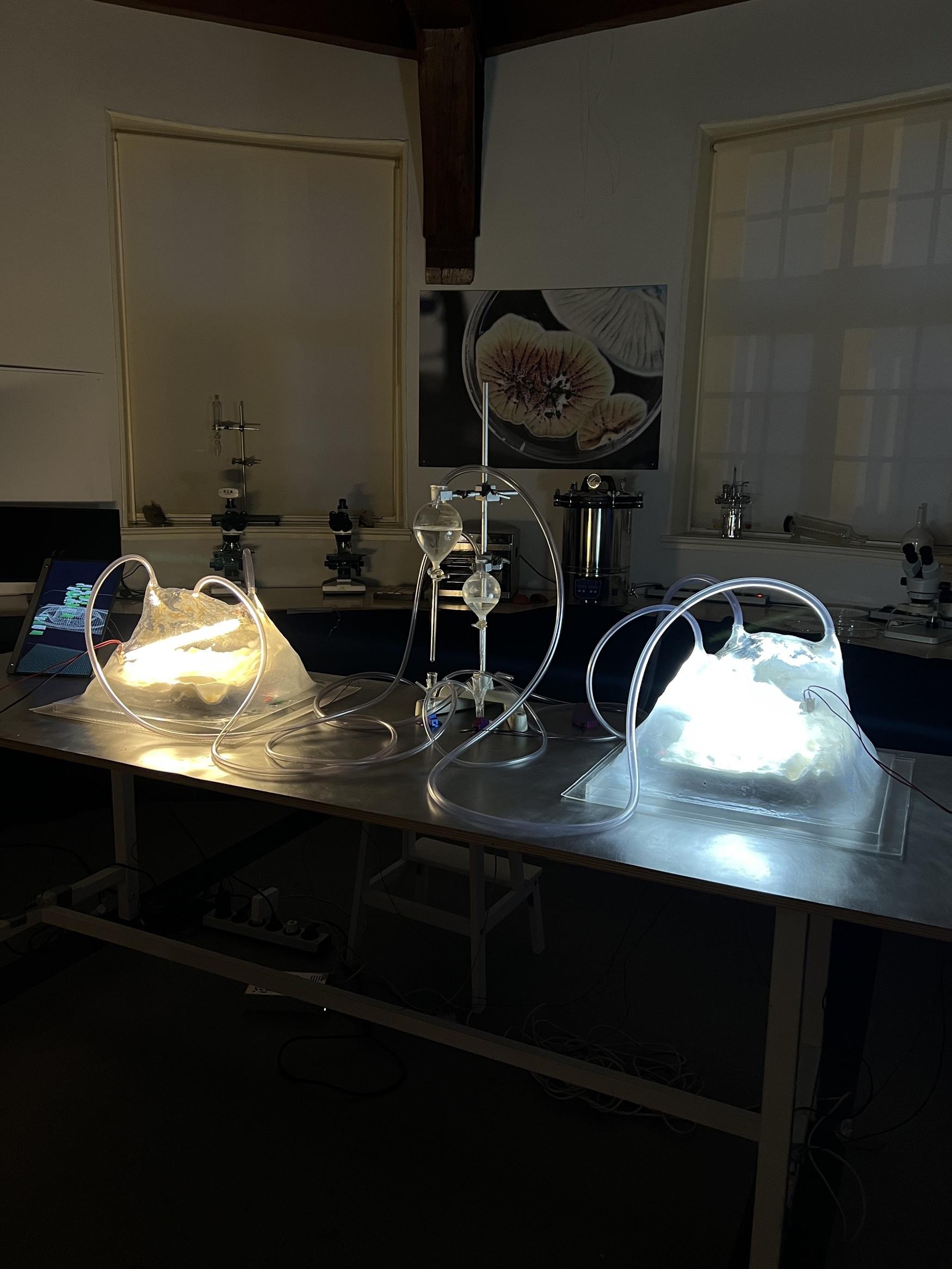Written by Iris de Vries& en Erwin Hoogerwoord
September 7th, the KNAW organised a symposium about gene editing. This is a technically interesting, scientifically exciting, and socially relevant subject. We were there.
The starting point for the dialog was the relatively recently discovered CRISPR/Cas system which, how they call it in the engineering world, brought multiple 10x, 100x, 1000x, innovations in speed, costs and ease-of-use to genetically modify organisms. Thanks to the competent speakers, a clear picture was given of the temporary developments, possibilities and scientific challenges, particularly in Dutch universities. We were perfectly able to follow the lectures, despite the fact that we both don’t have any academic background in this topic. After an intro from John van der Oost about CRISPR/Cas technology, presentations followed by Sjef Smeekens, Jack Pronk, Sjoerd Repping, Martien Groenen en Annelien Bredenoord.
The day was ended with a substantive debate based on the lectures. What might happen in an ethical debate like this is that the ethics reach further than the possibilities of the technology. Can we let the ethics rest, develop the technology, and from there go back to ethical debates about the true possibilities?
(If you have no idea what CRISPR actually is, we recommend you to watch this video from Kurtzgesagt: “Genetic engineering will change everything forever”: “Genetic engineering will change everything forever”).
We visited this academic symposium as a designer/biohacker to learn more about recent developments and to contribute to the discussion from our perspective.
CRISPR/CAS, the DOS of DNA editing
A discovery like CRISPR/Cas9 and the application of this system for genetic modification does not happen in a vacuum. New technological developments and inventions are often iterations on previous technologies building upon what came before. During the symposium CRISPR/Cas was called the DOS of DNA editing, referring to the developments of computer technology in the last decennia. This reference is made to show the idea that CRISPR/Cas is most likely a small step in much bigger developments. How can you predict the future of technological changes?
Architect and inventor Buckminster Fuller opens his famous book The Operating Manual for Spaceship Earth, with the concept of a retooling cycle:
“I came to the conclusion that it is possible to make a fairly reasonable forecast of about twenty-five years. That seems to be about one industrial “tooling” generation. On the average, all inventions seem to get melted up about every twenty-five years, after which the metals come back into recirculation in new and usually more effective uses”.
Tooling generation
What is the current tooling generation? The tooling generation of worldwide information technology. Gigantic server-farms for big data storage and computation power make it possible to analyse and connect an unimaginable amount of complex networks. DNA sequencing has become relatively cheap. With this combination almost all DNA of the world can be sequenced and digitalised. How can we use this? For example, check out this presentation which includes a demonstration on generating faces from DNA sequences: “How to read the genome and build a human being”.
Democratisation of the making (and growing)
Based on the vision of Neil Gershenfeld, which he developed during his classes on MIT under the name ‘How to Make Almost Anything’, a new generation digital fabrication tools arose. Nowadays you can find a Fab Lab in every city, where you can lasercut and 3D Print. The sequel on ‘How to Make Almost Anything’ is the ‘How to Grow Almost Anything’& which ran its pilot in 2015. Closer to home, the Biofactory was developed at Waag using the previous digital fabrication tooling cycle. The Biofactory is a complete DIY set-up to do basic biological experiments by yourself. Its design is published open-source making it available to be reproduced, modified and transformed at any Fab Lab.
At the symposium the question was asked on how easy it is to work with the CRISPR/Cas technology. Would it be possible to do this on the kitchen table or somewhere in a garage in Brabant? With the upcoming tooling cycle you can. (And it will happen -Erwin)
GMO or not
If CRISPR-CAS will be labeled as GMO it means that it will remain an exclusive technology. CRISPR-CAS can be applied in two ways. It is possible to switch genes on-and off, or it can be used to introduce new DNA in an organism. Exchanging DNA is an old and natural proces. Thanks to the ability to exchange DNA it was possible at the beginning of life for more sophisticated organisms to evolve. Genome editing is an acceleration of a process that always has happened.
Will CRISPR/Cas be labeled as GMO or not? If not, it might become an inclusive technology, which makes it legal, cheap and easy to experiment with in your garage in Brabant. With the debate about the accessibility of CRISPR/Cas come a lot of questions. The complexity of biological systems makes that we are not able to predict all consequences of genome editing. This tickles our imagination.
It brings not only physical changes, also our way of thinking changes. This for example already happened with the introduction of amniocentesis and nuchal translucency during a pregnancy. Those technologies make it possible to discover prenatal abnormalities in a baby. If so, there is a possibility for the parents to decide to terminate the pregnancy or they are prepared for what is coming. This type of technology is already implemented in our society and changed the way we approach unborn children.
If you know as a future parent that you are a carrier of a genetic disease and you want to avoid to transfer this to your children, you have a few options.
You can:
- Decide not to have children;
- Adopt children;
- Use donor gametes (egg, sperm, embryo);
- Take the risk that your baby might get sick and accept it;
- Test during the pregnancy and decide to terminate the pregnancy;
- Use IVF and only place genetical healthy embryos;
- Use CRISPR/Cas technology in the future (it happened in China already, the embryos did not grow into babies).
It might be that you are not sick but still carry a gene that stands for a disease. Do you have the duty as a parent to find out before the pregnancy if you can transfer genes that could have a negative effect on the life of your child?
Do you, as a parent, have the duty to use gentech if needed to secure that your child will live a healthy life? And would you, for example in case of CRISPR and IVF, if the embryo is genetically healthy, also make it resistant against HIV?
A popular term that is being used when we talk about gentech for embryos is ‘Designer Babies’. Is the child already a Designer Baby when you prevent it from having the same genetic disease as you have?
Or is this term more suitable for the idea that we will be able to design our children in the future?
What responsibilities do you have when you design a child?
Does the genetic engineer have any possession rights on the baby if he modifies a child from two parents?
Will there be a patent on DNA?
Will new forms of the human race be created by genetic modification?
Will people be specially designed for specific tasks?
Is CRISPR/Cas the new doping, and if yes will it be able to trace?
Will then the Olympics in 2048 look more like Pokemon battles?


